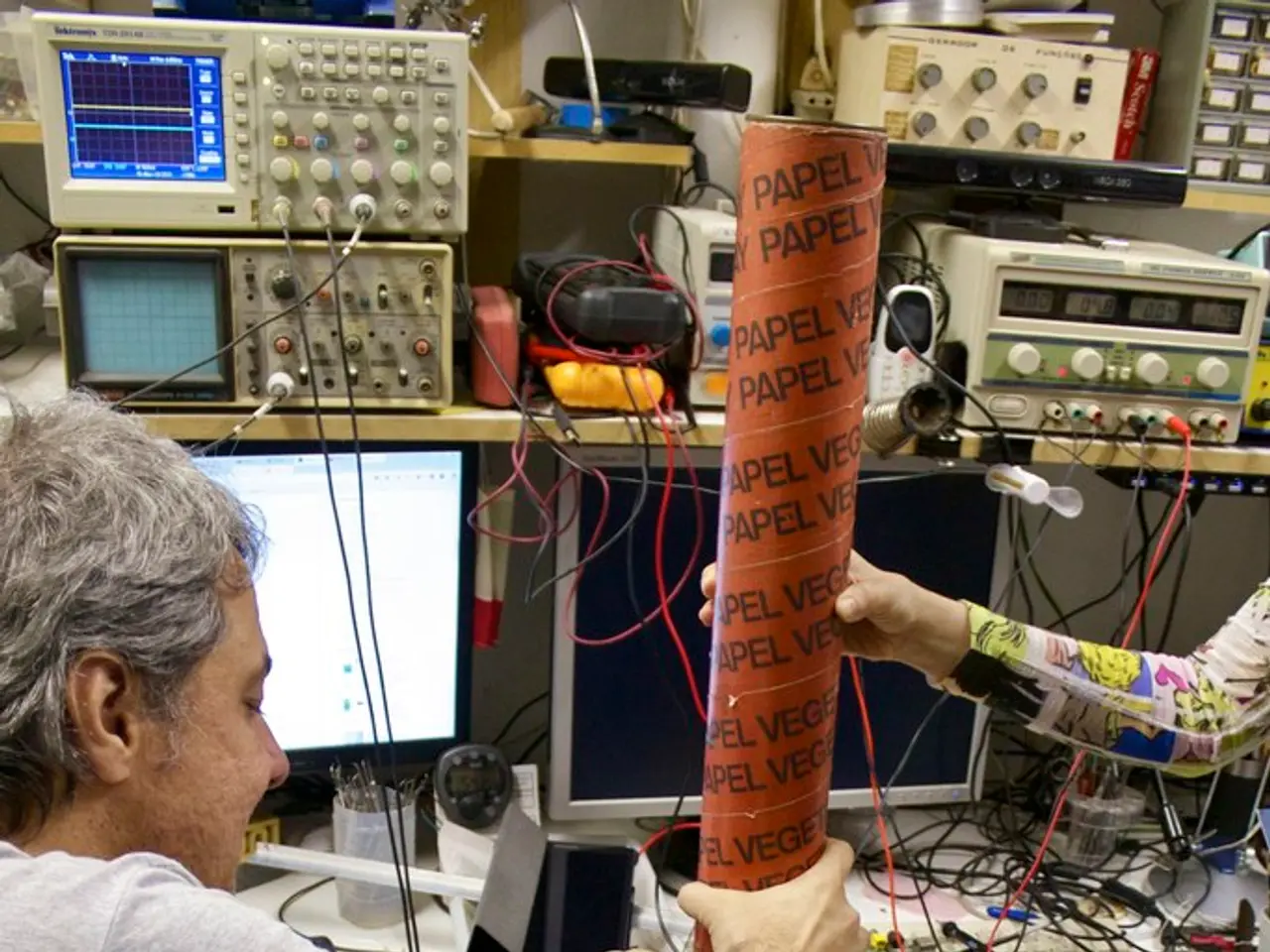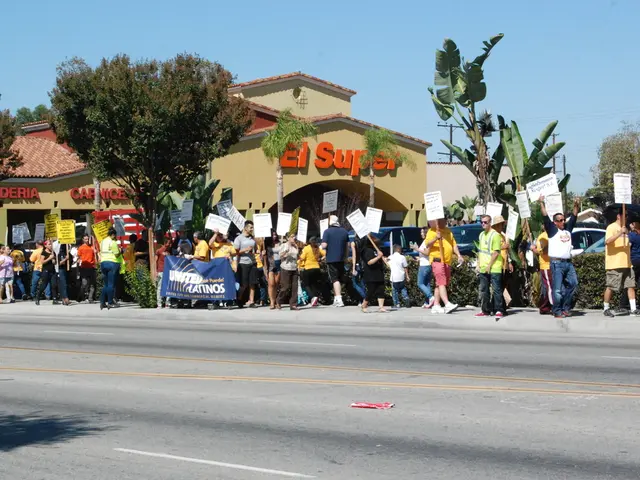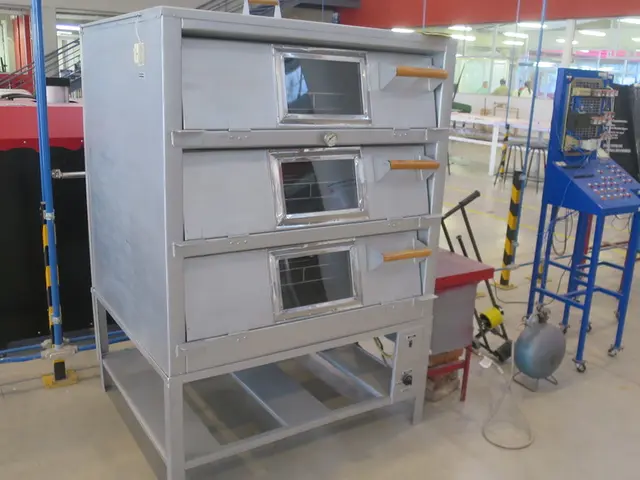Investigating the Relationship Between Technology and On-the-Job Safety Practices
In today's rapidly evolving industrial landscape, the integration of Artificial Intelligence (AI), digital monitoring, and automation is reshaping the way we approach workplace safety. This transformation not only enhances worker safety but also raises important considerations related to privacy and the need for human oversight.
Enhancing Worker Safety
The new wave of technology is bringing about significant improvements in hazard detection and accident prevention. AI-equipped wearables and real-time monitoring systems, such as Personal Protective Equipment (PPE) detection and Human-in-Zone monitoring, enable instant identification of safety violations or risks, reducing occupational accidents and staff injuries. AI can analyze ergonomic data and signs of fatigue to prevent overexertion injuries.
Virtual Reality (VR) solutions powered by AI offer immersive, customizable training simulations that prepare workers better for real-life hazards. These innovative training methods have been shown to lead to a 45% reduction in workplace accidents compared to traditional methods.
Automated compliance monitoring reduces human error by up to 90%, lowering manual oversight costs dramatically. AI systems provide near-perfect adherence to safety regulations, ensuring a safer working environment.
Moreover, AI connects various safety technologies into unified systems, enabling real-time insight and faster safety decision-making across the organization. Broad monitoring capabilities allow AI to observe physical, psychosocial, cognitive, and biomechanical workplace conditions to predict, detect, and mitigate hazards swiftly.
Privacy Considerations
The use of real-time video monitoring, wearables, and AI analytics may collect extensive personal and behavioral data. This raises concerns about intrusive surveillance and unauthorized data use. The adoption of AI in workplaces necessitates clear policies and transparency around data collection, usage, and employee consent to balance safety benefits with privacy rights.
The Critical Role of Human Oversight
While AI reduces human error and automates many safety functions, human judgment remains critical. AI systems must be integrated within a strong safety culture supported by ongoing training, coaching, and procedural adjustments. Human oversight is essential to interpret AI insights contextually, respond appropriately to alerts, and address nuanced workplace dynamics that AI alone cannot fully navigate.
Overreliance on AI without adequate human involvement may risk missing complex hazards or ethical issues related to worker well-being and privacy. Therefore, it is crucial to maintain a balance between technology and human oversight to ensure the ethical and effective use of technology in workplace safety.
In conclusion, the integration of AI, digital monitoring, and automation in workplace safety substantially improves hazard detection, training effectiveness, and compliance while raising privacy concerns and reinforcing the critical role of human oversight to ensure ethical and effective use of technology. Modern digital tools, such as wearable devices and smart sensors, are being used to reduce safety risks in various industries. Robots are transforming hazardous waste cleanup and disaster response, using AI and sensors to handle dangerous tasks with precision.
- The integration of digital monitoring, AI, and automation in various industries is revolutionizing business operations, especially in the realm of workplace safety.
- AI-assisted technology like wearables and PPE detection systems can swiftly identify safety violations and risks, minimizing workplace accidents and injuries.
- AI-powered Virtual Reality (VR) solutions provide immersive, customizable training simulations for workers, reducing workplace accidents by 45% compared to traditional methods.
- Automated compliance monitoring by AI reduces human error significantly and lowers manual oversight costs, ensuring adherence to safety regulations.
- AI unifies various safety technologies to provide real-time insights, enabling faster and more effective safety decision-making across organizations.
- The widespread use of real-time video monitoring, wearables, and AI analytics collects sensitive personal and behavioral data, raising concerns about privacy and intrusive surveillance.
- To balance privacy concerns with the benefits of AI in the workplace, it is crucial to establish clear policies, transparency, and employee consent regarding data collection and usage.
- The human element remains essential in workplace safety; AI should be integrated within a strong safety culture that includes ongoing training, coaching, and procedural adjustments.
- Maintaining a balance between technological advancement, human oversight, and a strong safety culture is vital to ensure the ethical and effective use of technology in workplace safety, career development, personal growth, and education-and-self-development, as well as in other fields such as finance, manufacturing, education, cybersecurity, data-and-cloud-computing, and history.




